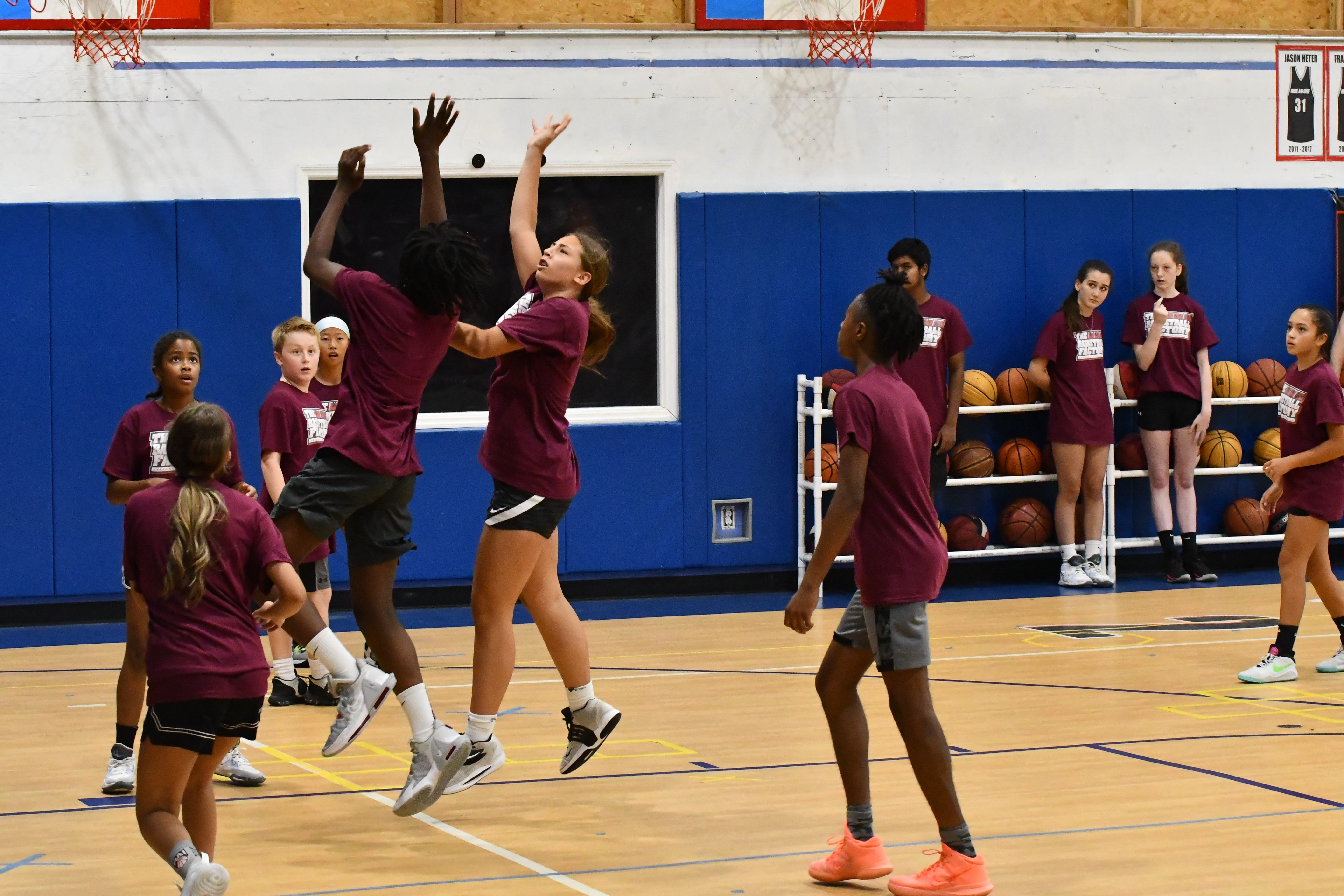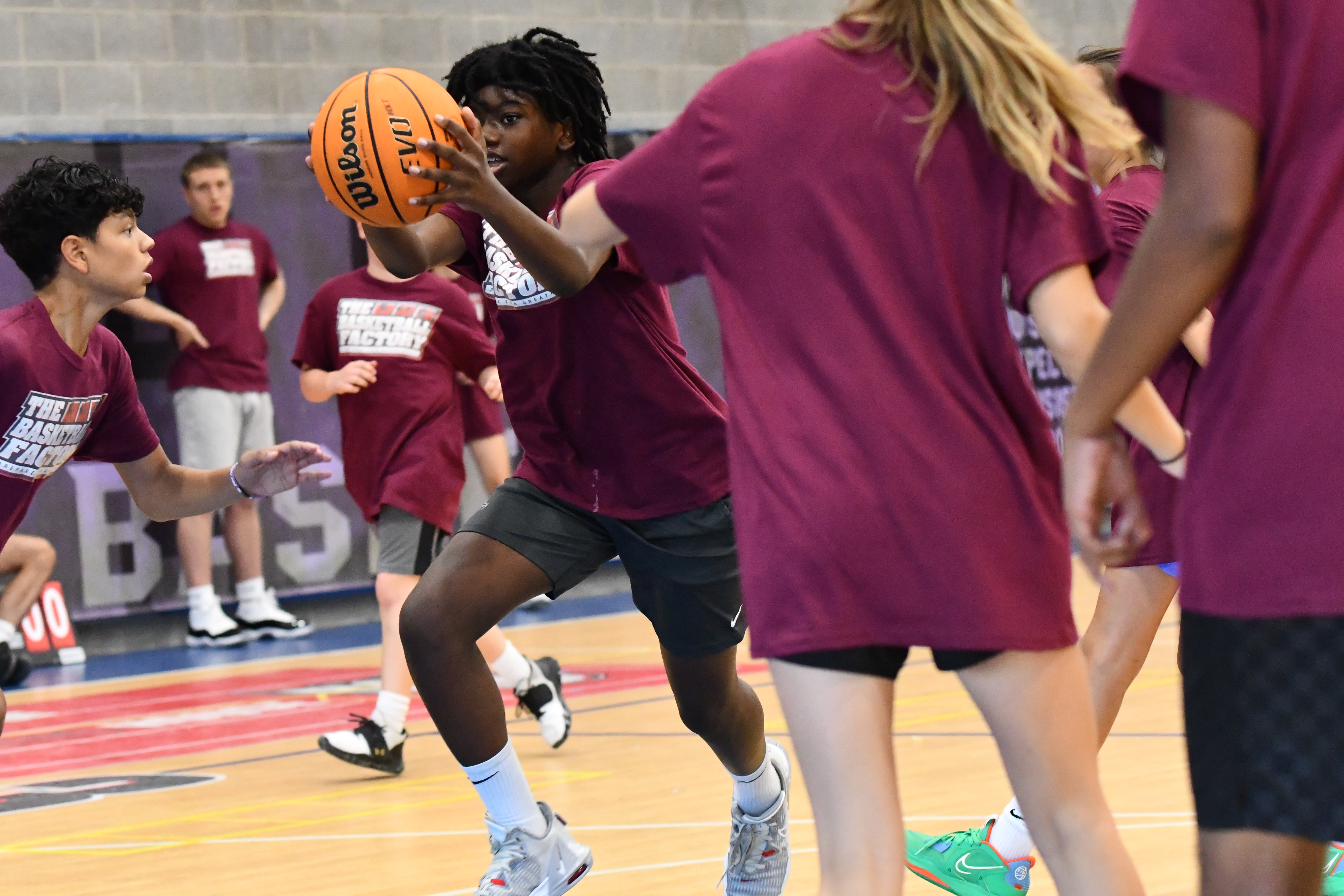Understanding the Importance of Layups in Basketball
When it comes to basketball, few skills are as essential as the layup. This fundamental technique forms the bedrock of a player’s scoring arsenal. It’s interesting how many players, especially at the beginning of their basketball journey, often overlook the significance of mastering layups. They might focus on flashy three-point shots or complex dribbling maneuvers, thinking these are the keys to success on the court. However, there’s a saying that rings true: “A good player knows how to make layups.” This simple yet effective shot often gets overshadowed, despite its importance in the game.
Coaches across the spectrum advocate that at least 30% of practice time should be dedicated to mastering layups. This emphasis isn’t arbitrary; it’s a strategic decision aimed at enhancing a player’s overall performance. Imagine a scenario where a player consistently converts layups. In crunch time, when the game is on the line, this player becomes a go-to option. That pressure and that confidence stem from hours spent perfecting what might appear to be a simple shot.
Types of Layups to Master
Players should familiarize themselves with different varieties of layups to elevate their game. Here are some crucial types:
-
Regular Overhand Layup: This is the most standard type of layup and involves extending the ball high off the backboard.
-
Underhand Layup: Utilized when approaching the basket from a lower angle, this layup can surprise defenders.
-
Side Release Layup: It’s particularly effective when navigating through traffic, allowing for a quick release at an unusual angle.
-
Floater: Perfect for over taller defenders, it requires a gentle touch and an understanding of arc.
-
Reverse Layup: A great way to confuse defenders, this layup is delivered from behind the basket.
-
U Layup: This unique move involves transferring the ball from one hand to the other in a fluid motion, tracing a “U” shape in the air.
Each of these layups plays a pivotal role in a player’s ability to navigate the court with finesse. Understanding when and how to execute them can indeed set players apart from their competition.
“The layup is a lost art form; master it, and you’ll score more efficiently.” – Anonymous coach
Indeed, the mastery of layups extends beyond simply making the shot. It involves developing a sense of timing, positioning, and awareness of the defenders. Players need to be agile, have a keen eye for openings, and, most importantly, practice regularly. A player who spends time honing these skills inevitably becomes a more well-rounded contributor to their team. The growth achieved in this foundational aspect of the game lays the groundwork for more advanced moves. As they refine their techniques, players might even find themselves inventing their own unique ways to score.
In a sport that’s as dynamic as basketball, the ability to execute layups with confidence can turn good players into great ones. It transforms their gameplay, empowering them to take charge when it matters most. Mastering layups is not just about securing points; it’s about understanding the very essence of scoring in basketball.
Ultimately, acknowledging the importance of layups and dedicating time to practice this vital skill can reshape a player’s journey in basketball. The simplicity of the layup carries profound implications for performance, and neglecting this art form can mean the difference between winning and losing on the court. Players who prioritize layups are in a stronger position to lead their teams to victory.
The 6 Types of Layups You Need to Master
When it comes to basketball, layups are fundamental techniques that can significantly influence a player’s performance. Mastering the different types of layups not only enhances scoring capability but also improves overall versatility on the court. Let’s delve into the six layup types that every aspiring basketball player should perfect.
1. Regular Overhand Layup: The Classic Technique
The regular overhand layup is the most recognized format of this maneuver, often seen as the bread and butter of finishing near the basket. When executed properly, it allows players to approach the hoop while maintaining control of the ball. The key to success here lies in the proper footwork and the use of the backboard. Players should focus on extending their dominant arm while driving towards the rim, which will help in gaining a clear view of the basket.
2. Underhand Layup: A Sneaky Approach to Scoring
The underhand layup might not be the first technique that comes to mind, but it can be a game-changer, especially in crowded scenarios. This technique involves a gentle flick of the wrist while under the basket. It’s particularly effective when the defense is tight. By using an underhand approach, players can surprise defenders who expect an overhand attempt. The element of deception is what makes this layup exceptionally useful.
3. Side Release: Perfect for Defense-Heavy Matchups
The side release layup is a crucial skill for those who often face tough defenses. This move allows players to create space between themselves and their defenders. By releasing the ball out to the side, it becomes harder for the defending player to block the shot. This technique emphasizes quick decision-making and agility, making it ideal for fast-paced game scenarios.
4. Floater: Ideal for Avoiding Taller Defenders
For shorter players or during situations where towering defenders loom large near the basket, the floater provides an elegant solution. This technique involves launching the ball high into the air, allowing it to arc gracefully into the hoop. Timing is essential, as players need to gauge their distance from the hoop accurately. By practicing this shot from different angles and on the move, players can effectively evade defensive pressure and score with finesse.
5. Reverse Layup Jump Stop: A Tricky Move to Confuse Opponents
The reverse layup requires a combination of agility and finesse. This move generally comes in handy when a player drives baseline. The key step here is executing a jump stop to pivot and finish with a reverse layup on the opposite side of the basket. Not only does this confusion the defense, but it also provides an opportunity to use the backboard for a smoother shot. Practice is essential to master the timing and precision involved in this technique.
6. The ‘U’ Layup: An Advanced Maneuver for Creativity
As the name suggests, the ‘U’ layup has a distinctive motion that resembles the shape of the letter ‘U.’ This advanced technique involves switching the ball from one hand to the other while creating a downward and upward arc with the ball’s trajectory. Players often use this method to navigate around defenders, allowing for creative scoring opportunities. Mastering the ‘U’ layup showcases a player’s skill and adaptability, proving invaluable during tightly contested games.
These six layup types cater to unique scenarios that a player might face on the court, thus emphasizing the importance of versatility. Encouraging continuous practice, particularly in game-like scenarios, will help players develop their adaptability and confidence. In competitive play, the success rate of each of these layups varies, which underscores the need for players to diversify their skillset. As a renowned veteran player once said,
“Every layup type has a moment to shine; knowing them is half the battle.”
As players explore and refine these layups, they unlock new dimensions to their game, enriching their offensive strategies. Whether reinforcing techniques during practice sessions or showing off skills during a game, mastering these layup types will surely enhance a player’s performance on the court.
Practical Drills and Techniques for Mastering Layups
Mastering the layup in basketball is a fundamental skill that every player aims to achieve. To elevate a player’s game, they need to go beyond the basics and immerse themselves in practical drills and targeted techniques. This article dives into essential drills that hone layup skills through formalities and simulated game situations.
Firstly, setting up layup lines should be a staple in any practice session. It’s not simply about running in line and tossing the ball at the hoop; it’s about focusing on the mechanics of each layup. Players should alternate between the six types of layups: the overhand, underhand, side release, floater, reverse layup, and the “U” layup. Each of these requires specific techniques that, when practiced diligently, can significantly enhance scoring opportunities during games.
Alongside traditional layup lines, incorporating cones and defenders can provide real-life scenarios that challenge players to adapt. Setting up cones helps in controlling drive angles and simulating defensive pressure. When players navigate through cones, they learn to adjust their speed and body positioning, crucial for executing clean layups against real opponents. Adding defenders makes the drilling even more dynamic, as it replicates the pressures of an actual game. The momentary decision-making mimics what a player faces in the court, creating a seamless transition from practice to gameplay.
To further bolster their improvement, players can leverage technology through video analysis. Recording practice sessions allows players to review their layup forms and observe areas needing adjustment. Analyzing one’s technique offers profound personal insights, which can be more formative than just verbal coaching. For example, noticing a tendency to favor one hand or misalignment in approach can make a world of difference. Players can become more self-aware and refine their skills based on concrete evidence rather than subjective feedback.
To ensure that players retain these skills, consistent practice is essential. A recommended practice routine should include at least ten minutes dedicated solely to layups. This daily commitment solidifies muscle memory, ensuring that players can efficiently execute layups during crucial game moments. Players often find that their scoring percentages improve significantly after a period of consistent practice. Some statistics indicate that thrice-a-week sessions of focused layup drills can lead players to boost their shooting accuracy by up to 20% in a matter of weeks.
“Practice doesn’t make perfect; practice makes permanent.” – Unknown
In summary, mastering the layup involves a blend of structured drills, game-like scenarios, and analytical feedback. Players should engage in an array of practices, from simply going through the layup motions to challenging themselves against defenders. Maintaining consistency is key. With dedication, players not only improve their layup technique but also their overall scoring prowess, a crucial aspect of basketball success. Incorporating feedback mechanisms like video analysis only complements this journey, fostering continuous improvement and professional growth in the sport.
In essence, layups carry substantial weight in a player’s toolkit, and investing time accordingly pays off—not just in practice, but when real competition arises.
TL;DR: Mastering layups involves a systematic approach through repetitive practice with structured drills, incorporating game-like scenarios, and leveraging video analysis for improvement. Consistency is critical, with a daily commitment enhancing performance significantly over time.




